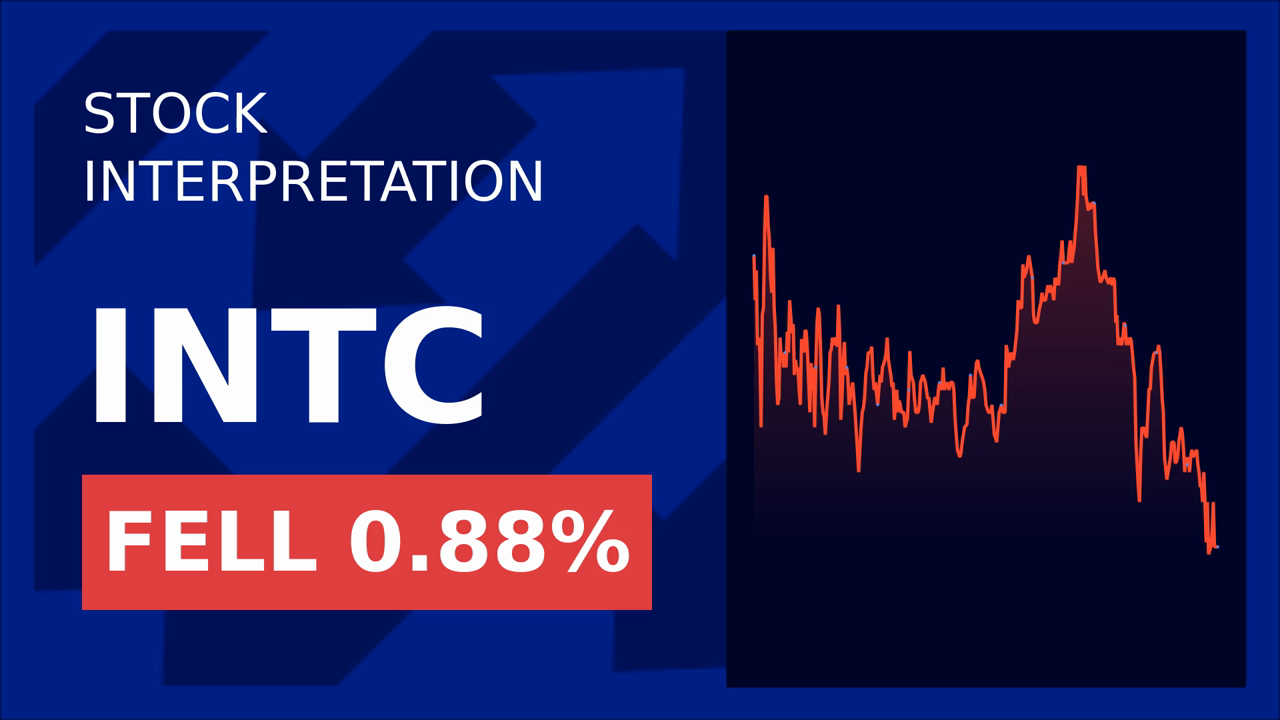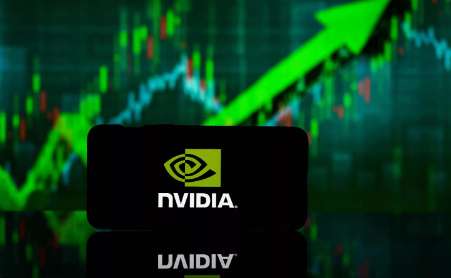Intel On A Tear,' Says Analyst As Stock Jumps Over 7% On Thursday Amid 18A Process Node Optimism
Friday, Feb 14, 2025 4:30 am ET
Intel Corporation (NASDAQ: INTC) shares surged over 7% on Thursday, April 10, 2025, as analysts expressed optimism about the company's 18A process node. The stock price increase comes amidst positive sentiment surrounding Intel's upcoming process technology, which is expected to offer significant performance and power efficiency improvements.

Intel's 18A process node, set to enter mass production in mid-2025, is expected to provide a competitive edge in the high-performance computing and mobile markets. The node introduces RibbonFET, a Gate-all-around (GAA) transistor, which improves density and performance compared to FinFET. Additionally, PowerVia, a unique backside power delivery architecture, improves standard cell utilization by up to 10% and performance by greater than 5%. These innovations make 18A well-suited for HPC and mobile applications (Intel Foundry Direct Connect '24).
INTC
| Name |
|---|
| Depositary Receipts Bank |
| Date |
| Occupancy Cost(USD) |
| Operating Expenses(USD) |
| IntelINTC |
| -- |
| -- |
| -- |
| -- |
Analysts believe that Intel's 18A will have a lead over TSMC's N2 and Samsung's SF2 in performance. While Intel specializes in making high-performance processors, 18A is also expected to provide an advantage in power efficiency due to PowerVia (TechInsights). However, it's important to note that the comparison method used by TechInsights is debatable, as it uses TSMC's N16FF and Samsung's 14nm process technologies as baselines and then adds announced node-to-node performance improvements from both companies to make its prediction.
Intel's 18A process node is expected to have a lead over TSMC's N2 and Samsung's SF2 in terms of high-density (HD) standard-cell transistor density. However, it's crucial to consider that virtually all modern high-performance processors use a mix of high-density (HD), high-performance (HP), and low-power (LP) standard cells, not just HD cells. Additionally, the comparison only concerns HD standard cells, and it's unclear how Intel's and TSMC's HP and LP standard cells compare.
Intel's 18A process node is set to enter mass production in mid-2025, when Intel begins production of its Core Ultra 3-series ‘Panther Lake' processors, which will be available later in the year. By contrast, TSMC's N2 is slated for high-volume manufacturing in late 2025, and the first products produced on this node will not be available until mid-2026 at the earliest, with mass-market products expected in Fall 2026. Samsung does not disclose when exactly its SF2 enters HVM, only stating '2025,' which could mean any time from Q1 to Q4 this year.
Intel's 18A process node has the potential to significantly improve the company's competitive position in the semiconductor industry. By offering higher performance and power efficiency compared to its predecessors and competitors' offerings, Intel could regain market share in high-performance computing (HPC) and mobile applications. Additionally, Intel's commitment to its 5N4Y (five nodes in four years) roadmap and the success of its 18A process node could attract more investments and partnerships, further strengthening its competitive position.
Analysts have a "Hold" rating for INTC stock, with a 12-month price forecast of $25.69, indicating a 6.47% increase from the latest price. The successful launch and adoption of Intel's 18A process node could drive further growth in the company's stock price.
In conclusion, Intel's 18A process node has the potential to significantly improve the company's competitive position in the semiconductor industry by offering enhanced performance and power efficiency, gaining a competitive edge in the market, capitalizing on market growth, attracting investments and partnerships, and driving stock price growth. As Intel continues to invest in its process technology roadmap and execute on its strategic initiatives, investors should monitor the company's progress and consider the potential impact of its 18A process node on its competitive position and stock price.










